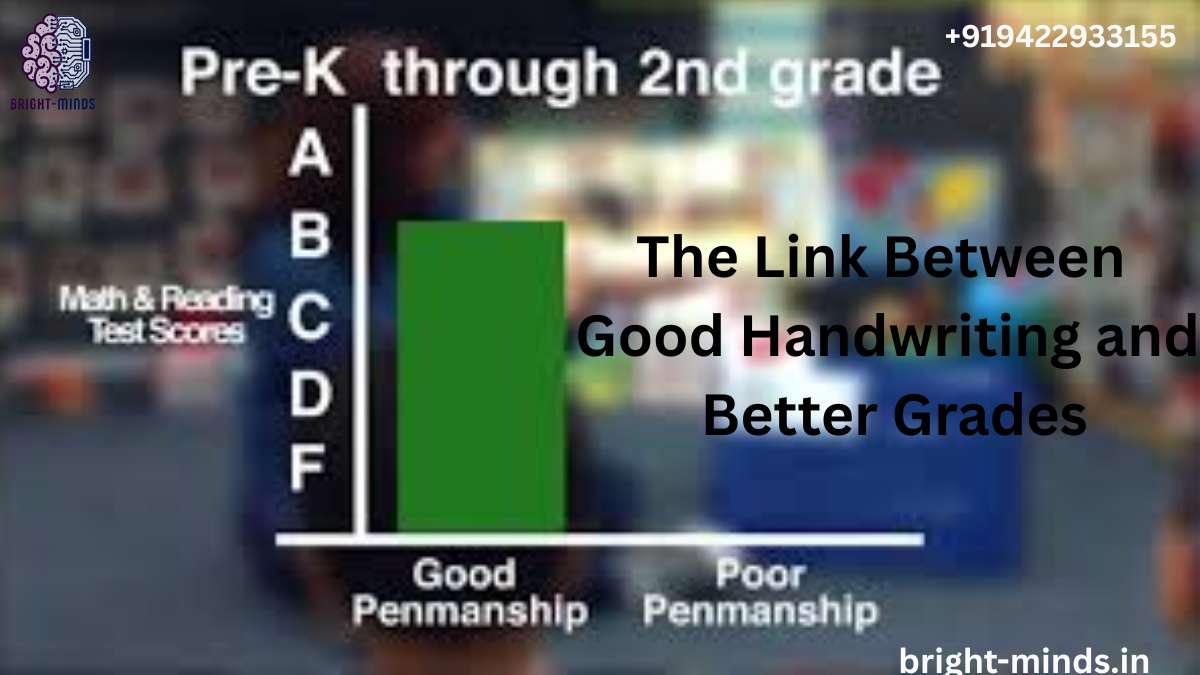In today’s digital world, it’s easy to assume that handwriting is a fading skill. After all, most students type their notes, write essays on laptops, and submit assignments online. But here’s a surprising fact: research consistently shows that good handwriting is still closely linked to better academic performance.
Whether you’re a student, a parent, or an educator, understanding the connection between penmanship and grades can give you a surprising edge. And for employees in education, ed-tech, or training companies, knowing how to harness this link can open new doors in curriculum design and personalized learning.
Let’s explore how and why handwriting remains a powerful tool for learning — and how you can use this knowledge to boost performance and foster success.
Why Handwriting Still Matters in the Digital Age
It’s true — we’re living in a digital-first world. But when it comes to cognitive processing and memory retention, handwriting beats typing. Studies from institutions like Princeton University and UCLA have shown that students who handwrite their notes tend to retain information more effectively than those who type.
Here’s why:
- Slower writing = deeper thinking: When writing by hand, we process information more thoroughly. We’re not just copying — we’re synthesizing.
- Better memory recall: The physical act of forming letters and words engages different parts of the brain, aiding long-term memory.
- Increased focus: Writing by hand reduces distractions that often come with screens.
The Link Between Handwriting and Academic Performance
Several academic studies have shown a positive correlation between handwriting quality and academic success, especially in younger students. Here’s what’s been observed:
- Legible handwriting helps teachers understand what a student is trying to say, leading to better marks.
- Well-structured written work (like clear margins, spacing, and alignment) often reflects better organization of thought.
- Improved motor skills from handwriting practice are linked to improved reading and language skills in early learners.
👉 Real-world example: In a 2020 UK study, primary school students who received weekly handwriting lessons saw a 16% improvement in English scores over a semester. That’s not just neat writing — it’s measurable academic growth.
Industry Insight: Market Trends in Learning and Development
The rise of ed-tech platforms and AI-powered tutoring systems has reshaped how students learn — but they haven’t eliminated handwriting’s importance. In fact, hybrid learning models are bringing handwriting back into focus, especially in early childhood and K-12 education.
Key Trends:
- Digital handwriting tools like stylus pens and tablets bridge the gap between tech and tradition.
- Cursive writing programs are making a comeback in elementary schools across North America.
- Corporate training now includes cognitive skill-building sessions that emphasize note-taking and memory — often incorporating handwriting tasks.
For companies involved in learning, development, or curriculum design, this presents an opportunity: integrating handwriting elements into digital learning products can enhance user experience and boost educational outcomes.
Practical Tips to Improve Handwriting and Grades
Whether you’re a student looking to get ahead, a parent supporting your child, or a professional developing training tools — here are simple ways to harness handwriting for academic success:
1. Write Notes by Hand
- Try switching to handwritten notes during lectures or study sessions. You’ll retain more and stay engaged longer.
2. Practice Consistently
- Like any skill, handwriting improves with regular practice. Even 10 minutes a day can lead to better legibility and speed.
3. Use Handwriting Templates or Guides
- For beginners or young learners, lined templates or handwriting apps (like iTrace or GoodNotes) help reinforce proper letter formation.
4. Encourage Journaling
- A personal journal can improve handwriting, boost mental health, and strengthen expressive writing — all of which support better grades.
5. Combine Digital and Physical Learning
- Use digital pens or tablets to mimic real handwriting on screen while enjoying the convenience of tech.
Why This Matters for Your Long-Term Success
Good handwriting isn’t just about neatness — it’s about developing the core learning skills that lead to long-term academic and professional success. Handwriting improves memory, sharpens critical thinking, and boosts communication — foundational skills for any career.
For professionals in education or training, understanding these connections can shape better products, stronger curricula, and more impactful results.
Take the First Step Toward Smarter Learning
Ready to take your learning (or your team’s learning products) to the next level? Explore our advanced learning resources, curated courses, and handwriting improvement programs. Whether you’re a student, educator, or curriculum designer — you’ll find practical, research-backed strategies to fuel academic and career success.
You may also like this:-

